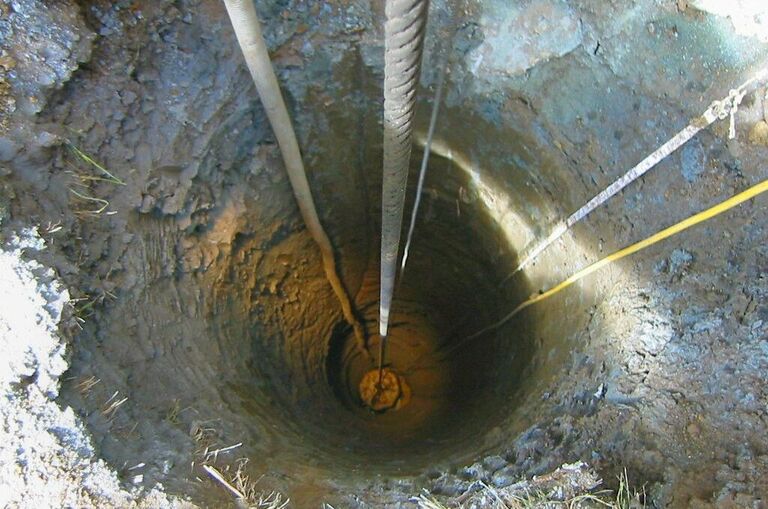Scientists Found Something Extraordinary On Their Way To The Center Of The Earth
On a remote peninsula in Russia, a team of scientists from the Soviet Union spent decades drilling down toward the center of the Earth. They dug through endless sheets of rock, cementing their place in the history books as they went. And when these intrepid researchers reached over 40,000 feet deep, they celebrated an unheard-of milestone: the deepest hole in the Earth. But after decades of digging, another history-making discovery forced them to shut down their machines for good.
Journey to the center of the Earth
Shockingly, some believe that our knowledge of space is now greater than our understanding of what exists beneath Earth’s surface. And while many people know about the space race that gripped the United States and the U.S.S.R. during the Cold War, few remember the equally fascinating battle to conquer our subterranean world. Beginning in the late 1950s, competing teams of American and Soviet scientists began digging as far into the Earth's crust as they possibly could. If you're wondering what exactly was so compelling about dirt and rocks, the answer lies miles and miles beneath the Earth's surface.
Dig, dig, dig
Though it may not hold the same mystique as the cosmos, the Earth's crust is not as boring as you'd think. Thought to stretch as far as 30 miles towards the center of our planet, this dense shell eventually gives way to the mantle — the mysterious inner layer that makes up a staggering 40 percent of our planet’s mass. Yet the deepest ever man-made hole up until this point was miles short of the mantle. This wasn't going to stop adventurous 1950s scientists, though. If they could send a satellite to space, they could dig to the center of the Earth!
A mysterious inner layer
In fact, it was the Soviet Union successfully launching Sputnik 1 into orbit on October 4, 1957, that lit a fire under American scientists. The Americans had seemingly fallen behind the Soviets in the space race, a situation that the creation of NASA in 1958 would soon put right. But it wasn't enough for the U.S. to beat the Soviets into space; the country needed to beat them on all fronts. And as drilling a hole into the Earth's crust represented a path different from space, the government was quick to get on board with a ground-breaking project in Earth Sciences.
Project Mohole
So, in 1958, the U.S. took the lead in the digging race with the launch of Project Mohole. Located near Guadalupe in Mexico, the operation saw a team of engineers drill through the bed of the Pacific Ocean to a depth of over 600 feet. The project was lauded in the press, with Life magazine even commissioning John Steinbeck to write breathless articles about it. The fanfare led to a $40-million investment... but not much else. Eight years after its founding, its funding was cut, and Project Mohole was abandoned. The Americans never got to the mantle.

